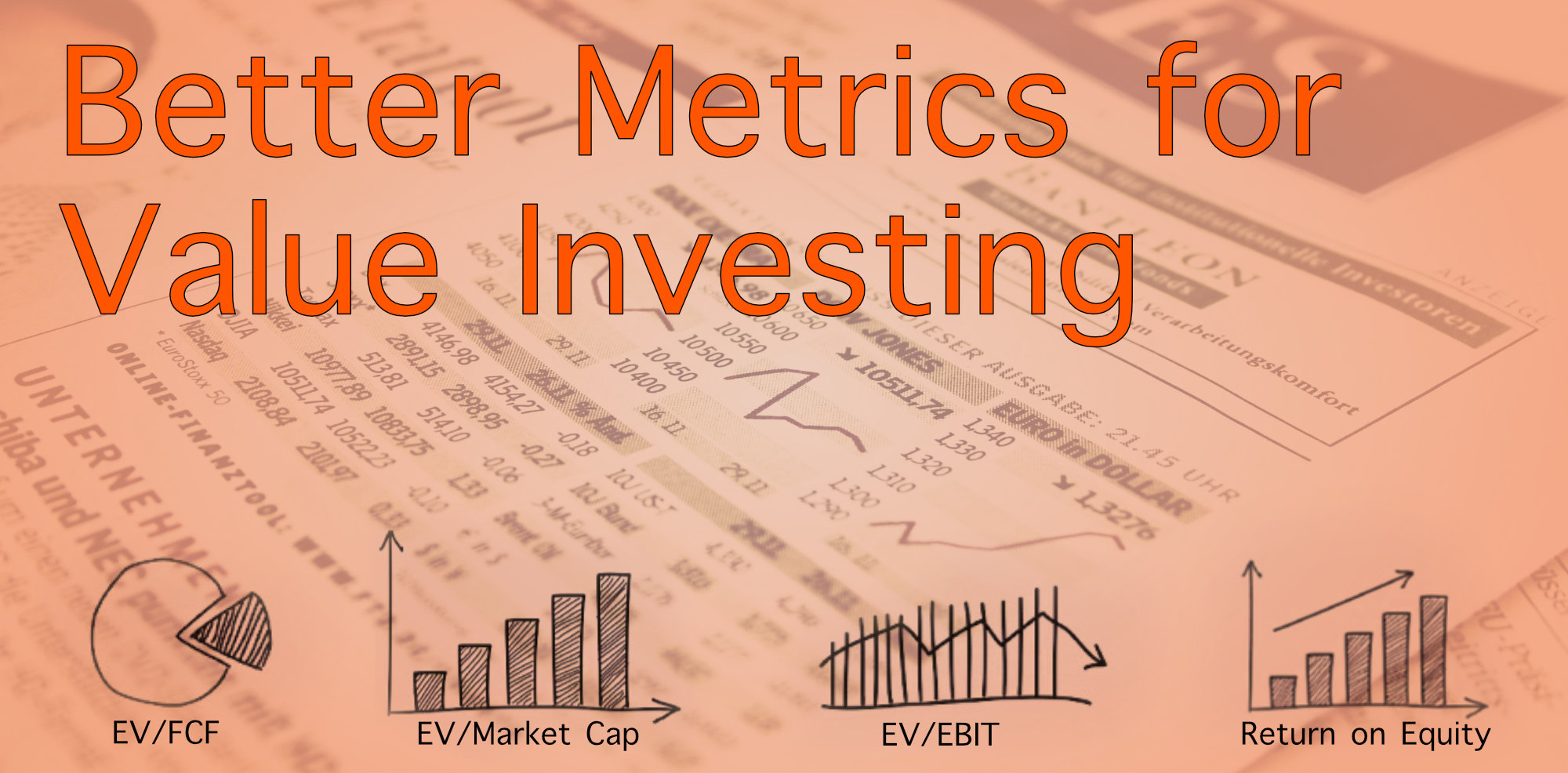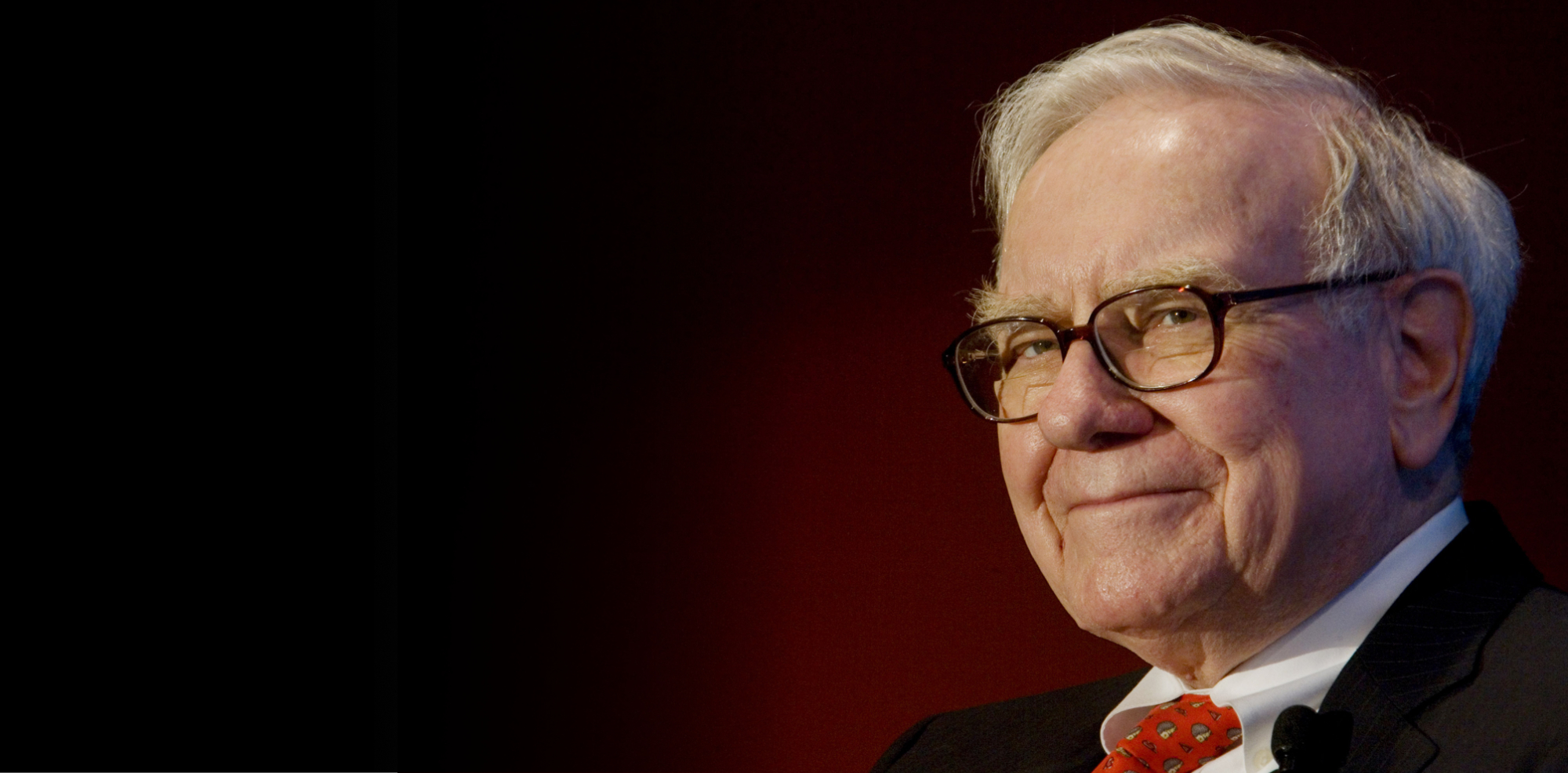
by John | Jun 11, 2017 | Capital Appreciation, Investor Mindset, Investor Psychology, Value Investing
I really enjoy baseball. It’s a great game. No timers, no clocks. The winning team has to get the losing team out at least 27 times.
A great movie about baseball is Moneyball. This film was released in 2011 and it’s about a small market team, the Oakland Athletics, and how they are having trouble competing against large market teams (like the New York Yankees) who have larger budgets and are able to pay more money for the best players. The story focuses around the Oakland General Manager, Billy Beane (played by Brad Pitt), and his quest to find a way to recruit players to form a winning team even though they can’t afford to pay the higher salaries the top talent requires.
Beane finds Yale graduate Peter Brand (played by Jonah Hill) who uses a system for evaluating players based on math. It’s a more scientific approach to player evaluation. Using metrics like on base percentage rather than a traditional batting average and looking beyond things like unorthodox pitching style or age and focusing strictly on performance they are able to find value in players that other people overlook.
Moneyball is based on a true story and the metrics they use are based on the “Sabermetrics” pioneered by Bill James and others.
It’s essentially applying the concept of value investing to baseball. While Billy Beane and Peter Brand looked for undervalued players who would get on base, get runs, and help Oakland win baseball games, value investors look for undervalued stocks that will produce earnings, positive cashflow and make an investor money.

by John | Feb 5, 2017 | Passive Income, Value Investing
My desire for improvement has lead me to search for better metrics for value investing.
My belief in the power of value investing is unchanged but the metrics I look at have evolved.
Most people instinctively want to buy things on sale to get a great deal. But for some reason there is an exception when it comes to investing–people tend to buy stocks that are expensive.
Value investing takes the principle of finding a great deal and applies it to the stock market.
The the goal of value investing is to find profitable companies trading at a discount.
I’ve written in the past about value investing metrics and how it is one of the ways I grow and protect my wealth.
But if I can find a better and more reliable way to find a great deal I’m going to use that method.
The first reason I questioned the metrics I had been using was an article by Jason Rivera: “Why The P/E Ratio Is Useless – And How To Calculate EV” which is an excellent read.
The second was a video by Simon Black of SovereignMan.com: “How to identify the most compelling investments on the planet“.
Better Value Investing Metrics
So what metrics am I using to find great deals on stocks?
1) Enterprise Value to Market Capitalization (EV/Market Cap)
2) Enterprise Value to Free Cash Flow (EV/FCF)
3) Enterprise Value to Earnings Before Interest and Tax (EV/EBIT)
4) Enterprise Value to Owners’ Cash Profits (EV/OCP)
5) Operating Margin
6) Dividend Yield
7) Return on Equity (ROE)
If you aren’t familiar with some of these terms, no worries, just click on the word to view the definition in the glossary.
The Metrics
Enterprise Value to Market Capitalization (EV/Market Cap)
This ratio indicates if a company has more cash than debt. I look for a value of less than 1, the lower the better.
If a companies EV or TEV is less than its market cap its means that the company has more cash than debt. And may be undervalued. Inverse is true as well.
Source: https://www.quora.com/What-does-it-mean-when-enterprise-value-is-more-than-market-cap
Enterprise Value to Free Cash Flow (EV/FCF)
This is a more reliable metric than price to earnings (PE) (more on that in a subsequent article). It takes the enterprise value and divides it by free cashflow. I want this to be as low as possible.
A lower number indicates one is paying less for a stream of cash flowing into a company than compared to a higher number.
Enterprise Value to Earnings Before Interest and Tax (EV/EBIT)
Another metric that is more reliable than PE. It’s a way to double check the cost of a cashflow stream. The lower the better.
Enterprise Value to Owners’ Cash Profits
A third replacement for PE.
If EV/FCF, EV/EBIT, and EV/OCP are all low, that is several metrics that indicate the stock is trading at a discount relative to peers with a higher ratio.
Operating Margin
This is a measure of efficiently. A higher operating margin is better than a lower one.
Dividend Yield
A company can’t fake dividends. The dividend is money that goes directly to a shareholder and the yield is how much the dividend costs as a function of the share price. Investing in a stock with a dividend yield is also a way to collect income while waiting for the company’s share price to rise in value to reflect the fundamental indicators.
The higher the dividend yield the better–all else equal.
Return on Equity over 8%
This is another metric that indicates if a company is profitable. Relying on multiple metrics versus one or two provides multiple failsafes to increase the likelihood one is purchasing a valuable company at a discount.
The Stocks I Like Based on These Metrics
I list my Value Stock Picks, which are based on the value investing metrics I use.
Subscribers to the HowIGrowMyWealth Email Newsletter know that I’ve been selling a fair amount of stock as a result of these refined metrics.
Some of that is profit taking, but these metrics have also enabled me to see problems with certain stocks that I otherwise thought were a great value.
HIGMW Email Subscribers also learned of my latest value stock picks back on the 2nd of February.

by John | Oct 2, 2016 | Capital Appreciation, Value Investing
Warren Buffett is known as a value investor. He’s been very successful so I looked at the fundamental indicators and metrics of his most profitable purchases to see if the metrics I use would have led me to purchase the stocks Buffett did.
What I found was that the six metrics I use when choosing a value stock are consistent with Buffett’s purchases.
By way of background, here are the six Value Investing Metrics I use:
- Price to book of less than 1 (can go up to a PB of 1.5)
- Price to earnings less than 15
- Positive Cashflow
- Positive Earnings per share
- Return on equity greater than 8% on average per year
- Dividend Yield
Wells Fargo (WFC)
Total return: 9,417%
Buffett started buying Wells Fargo stock in 1990. At the beginning of the year, the P/B was 1.668 and by the end it was 1.379, for a rough estimated P/B ratio of 1.5. Using similar tactics We find the metrics for Wells Fargo around the time Buffett was buying up shares:
- Price to book: 1.5
- Price to earnings: 8
- Cashflow: 1.668 billion
- Earnings per share: $.3450
- Return on equity: 19.52%
- Dividend Yield: 4%
Source: ycharts.com
PetroChina (PTR)
Total return: 720%
Buffett bought this Chinese stock in 2002-2003 and sold in 2007.
- Price to book: Data not available
- Price to earnings: 6
- Cashflow: 1.668 billion
- Earnings per share: $3
- Return on equity: 15.41%
- Dividend Yield: 7.5%
Fundamentals in 2007:
- Price to book: 3.194
- Price to earnings: 17
- Cashflow: 26.83B from operations
- Earnings per share: 10.64
- Return on equity: 23%
- Dividend Yield: 3%
It’s interesting that the price to book was relatively higher than a traditional value stock. The dividend yield had fallen and both cashflow and earnings per share had expanded tremendously.
His decision to sell PTR would likely also have factored in management, industry climate and political optics. To that last point, he may have wanted to pivot from an oil company to an electric car company because of the long term prospects and that it is more consistent with what democrats in the US find acceptable.
Source: ycharts.com
BYD (BYDDF)
Total Return: 671%
Buffett bought this Chinese electric car maker in 2008. I had trouble finding historical stats for BYD. The following BYD stats are based on this article and the 2008 financial report.
- Price to book: 2.5
- Price to earnings: <8
- Cashflow: $273 million (converted from RMB1,816,362)
- Earnings per share: $.08 (converted from RMB0.50
- Return on equity: ???
- Dividend Yield: none in 2008 but did pay a dividend in 2007
Source: http://bydit.com/userfiles/attachment/2009042009130534224.pdf
The price to earnings ratio is certainly attractive and the company is cashflow positive. The price to book is rather rich but a large factor in this purchase was probably the endorsement of Buffett’s right hand man, Charles Munger:
In 2008, Munger sold Buffett on Chinese car battery company BYD by saying that its CEO, Wang Chuan-Fu, was quite obviously a descendant of both Thomas Edison and Jack Welch. He solves problems like Edison and gets things done like Welch, Munger said. “I’ve never seen anything like it in my life.”
Source: http://fortune.com/2014/10/31/warren-buffett-best-investments/
Coke (KO)
Total Return: 1,600%
Buffett is famous for owning Coke. He started buying the stock in 1987. I found an insightful article on why Warren Buffett bought Coke in 1987. Coke wasn’t a value stock by traditional metrics.
Coke was selling around 15 times earnings and I believe somewhere around 5 times book value at the time.
Source: http://basehitinvesting.com/mohnish-pabrai-heres-why-buffett-bought-coke-ko-in-1987/
Buffett instead looked at the value of the brand and determined that it would cost $100 billion to build a similar brand and that Coke was undervalued since the whole company could be purchased for $20 billion.
He also started buying it in the same year as the 1987 stock market crash, putting into practice his adage: “We simply attempt to be fearful when others are greedy and to be greedy only when others are fearful.”
It’s a great example of how the value investing metrics are important, you can still be successful without them if there is an overarching larger reason why the stock is relatively undervalued.
Berkshire Hathaway (BRK.A)
Total return: 1,745,300%
Buffett bought this new england textile company in 1965 and used it as a holding company by the same name. I found some stats in this article.
- Price to book: .76
- Price to earnings: 7
- Cashflow: yes
- Earnings per share: Start of year: $3.7
- Return on equity: ???
- Dividend Yield: yes
A Proven Strategy
Value investing is a proven strategy. While there are few guarantees in life or investing it is no coincidence that one of the world’s most famous investors and wealthy investors is a value investor.
For a current list of the value stocks I like, click here.



